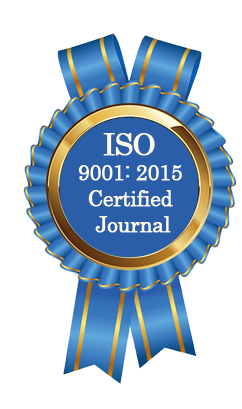| All | Since 2020 | |
| Citation | 105 | 60 |
| h-index | 4 | 4 |
| i10-index | 3 | 2 |
WJAHR Citation 
Login
News & Updation
Best Article Awards
World Journal of Advance Healthcare Research (WJAHR) is giving Best Article Award in every Issue for Best Article and Issue Certificate of Appreciation to the Authors to promote research activity of scholar.
Best Article of current issue
Download Article : Click here
Indexing
Abstract
POLYGRAPH IS THE LIE DETECTION OF TRUTH FROM UNCOVERING ARMOUR OF THE CRIME BY CHEMICALS FROM PHYSIOLOGICAL RESPONSE
Dhrubo Jyoti Sen*, Dibyendu Dutta, Jaydeep Roy, Falguni Dutta, Rahul Kumar Singh and Rakesh Mondal
ABSTRACT
A polygraph, often incorrectly referred to as a lie detector test, is a junk science device or procedure that measures and records several physiological indicators such as blood pressure, pulse, respiration, and skin conductivity while a person is asked and answers a series of questions. The belief underpinning the use of the polygraph is that deceptive answers will produce physiological responses that can be differentiated from those associated with non-deceptive answers; however, there are no specific physiological reactions associated with lying, making it difficult to identify factors that separate those who are lying from those who are telling the truth. Polygraphs measure physiological arousal factors, including heart rate, blood pressure, respiration, perspiration, and skin conductivity. The theory of the lie detector test is that these physiological responses will be different when the subject is truthful versus when the subject lies. When conducted properly, polygraphs are correct 98% of the time, but no scientific evidence has been offered for this.
[Full Text Article] [Download Certificate]
